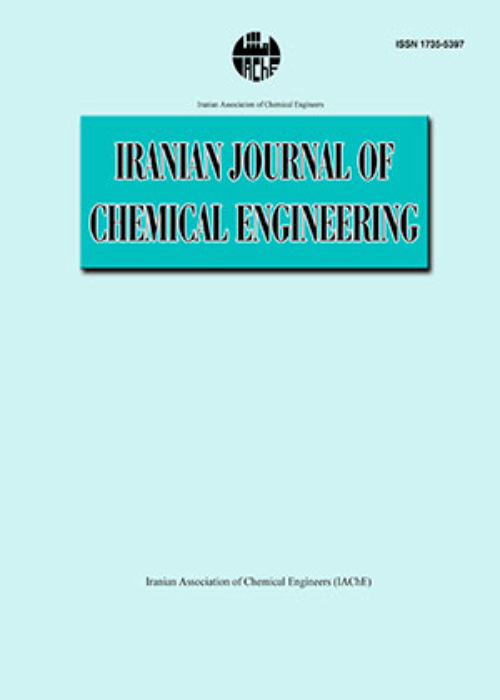Theoretical Prediction of the Size and Lifetime of Evaporating Sneeze Droplets in a Confined Space: A Guideline to Control of COVID-19 Virus Transmission
The size and lifetime of evaporating sneeze droplets in the indoor environment were studied experimentally and theoretically. The effect of indoor temperature T∞ and indoor humidity RH∞ were investigated on evaporating droplets with initial diameters of 4.9, 8.1, 17.2, and 29.7 μm. The size distribution and mean size of droplets were obtained by laser particle sizer. The experimental data showed that the possibility of aerosolized droplets increased from 25.5 to 36.1% by increasing T∞ from 18 to 30 oC and decreased from 36.1 to 13.6% by increasing RH∞ from 30 to 60%. A one-dimensional droplet evaporation model was used to estimate the droplet’s lifetime. A critical RH∞ of 40% was found; above them, the droplet lifetime exponentially increases. The effect of the initial diameter of droplets was higher than RH∞ and also the impact of RH∞ was higher than T∞ on the lifetime of aerosolized droplet nuclei. A significant effect of environmental conditions on the droplet lifetime was found over the range of 26 ○C ≤T∞ ≤30 ○C and RH∞ ≤ 40%, while its effect decreases in the range of 18 ○C ≤T∞ ≤22 ○C and RH∞ > 40%, where a minimal shrinkage of droplets take place because of the droplets hygroscopic growth. The results of this study do not imply that the COVID-19 virus will be deactivated at the end of the droplet lifetime, but it represents that controlling the indoor environment is important for virus-carrying drops.
- حق عضویت دریافتی صرف حمایت از نشریات عضو و نگهداری، تکمیل و توسعه مگیران میشود.
- پرداخت حق اشتراک و دانلود مقالات اجازه بازنشر آن در سایر رسانههای چاپی و دیجیتال را به کاربر نمیدهد.


